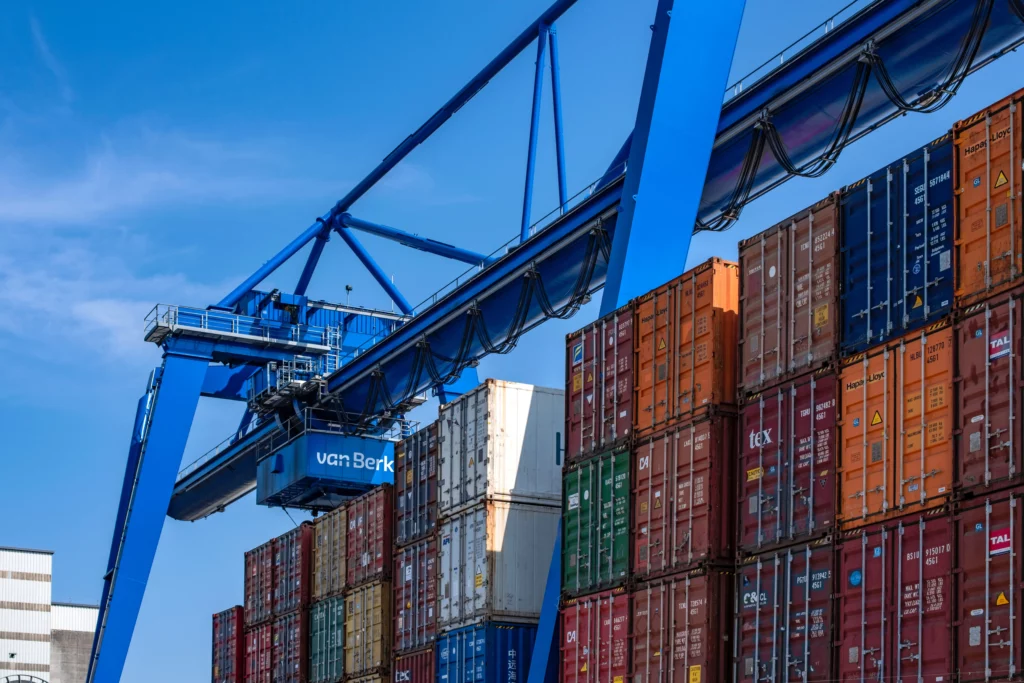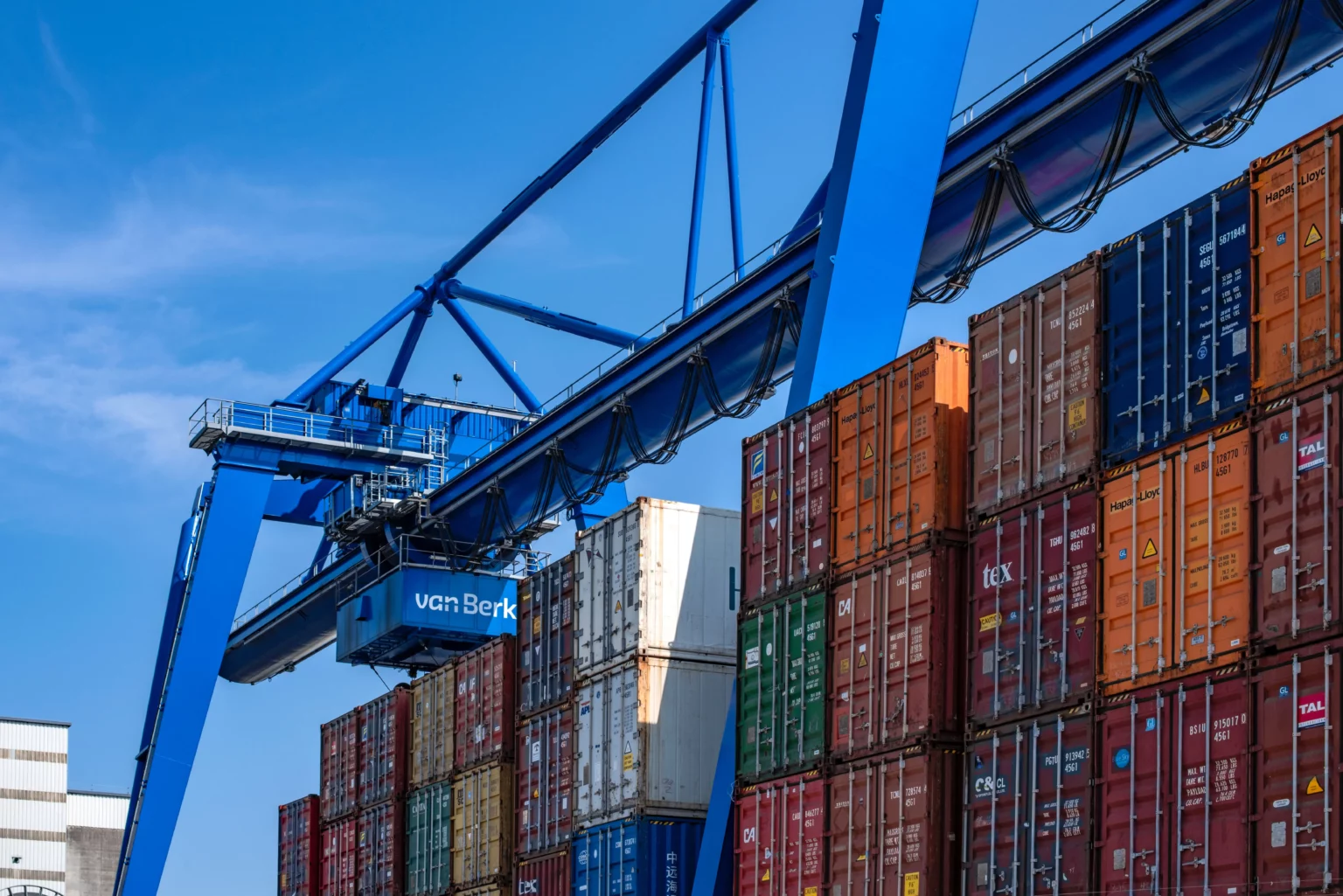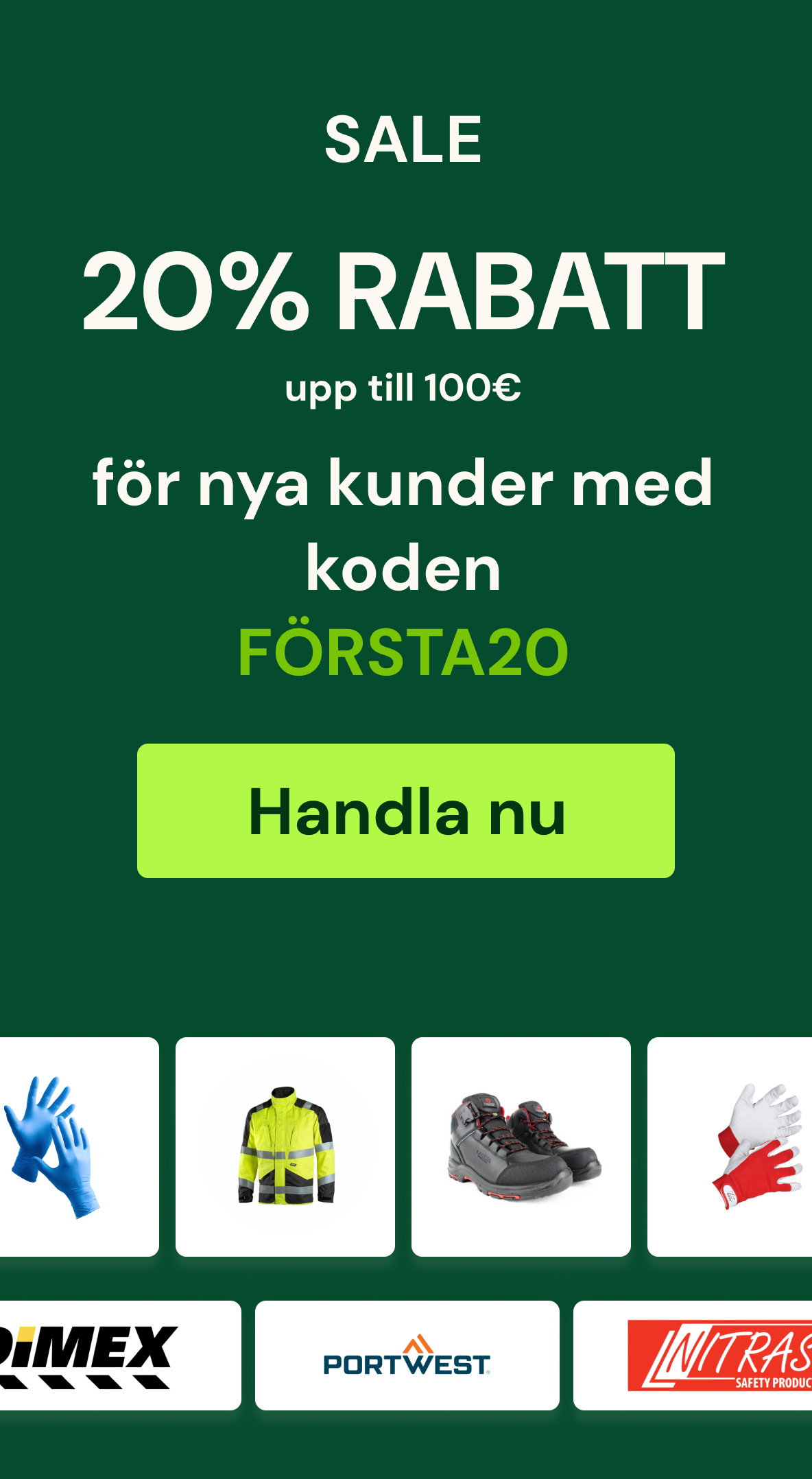I affärsvärldens dynamiska värld är effektiv riskhantering inom upphandling nödvändigt för att undvika potentiella störningar och säkerställa framgången för din leveranskedja.
Företag står inför en rad risker under hela upphandlingsprocessen, inklusive leverantörsrisker, risker i försörjningskedjan, risker med kontrakthantering och operativa risker.
Dessa risker kan påverka inte bara din verksamhets finansiella hälsa utan även dess rykte och förmåga att leverera produkter och tjänster.
I denna artikel kommer vi att utforska hur total ägandekostnad (TCO) direkt påverkar riskhantering inom upphandling och sedan gå igenom strategier för att optimera denna kritiska aspekt av affärsverksamheten.
Om du vill läsa mer om hur man behärskar och hur man beräknar din totala ägandekostnad, läs våra tidigare artiklar:
- Att bemästra TCO: Den grundläggande guiden för upphandlare
- Hur man beräknar total ägandekostnad (TCO): Din praktiska steg-för-steg-guide
I denna artikel kommer du att läsa om:
- Minska leverantörsrisker genom TCO-analys
- Bedöma livscykelkostnader för effektiv riskhantering
- Identifiera och minska risker i försörjningskedjan genom TCO-analys
- Optimera upphandlingsprocesser för att minska operativa risker
- Använda TCO för riskbedömning och efterlevnad
- Balansera kostnad och risk: TCO och investeringsavkastning (ROI)
- Bästa praxis för TCO-driven riskhantering inom upphandling

Minska leverantörsrisker genom TCO-analys
En av de väsentliga delarna av riskhantering inom upphandling är att utvärdera och hantera leverantörsrisker.
TCO-analys hjälper till att identifiera långsiktiga kostnader, finansiell stabilitet, kvalitetskontroll och leveransförmåga hos leverantörer, vilket gör att företag kan välja pålitliga partners och minska risken för störningar relaterade till leverantörer.
Här är några konkreta exempel som visar betydelsen av TCO-analys för att utvärdera och hantera leverantörsrisker:
- Långsiktiga kostnader: TCO-analys gör det möjligt för företag att bedöma den totala kostnaden av att engagera sig med olika leverantörer under den totala livscykeln för en produkt eller tjänst. Till exempel, när man utvärderar leverantörer för en tillverkningskomponent, kan TCO-analys avslöja betydande variationer i underhållskostnader, garantivillkor och tillgänglighet på reservdelar.
- Finansiell stabilitet: TCO-analys gör det möjligt för företag att bedöma den finansiella stabiliteten hos potentiella leverantörer. Till exempel, om en leverantör är finansiellt instabil, kan den ha svårt att uppfylla produktionskrav eller uppfylla kontraktsförpliktelser.
- Kvalitetskontroll: TCO-analys ger insikt i leverantörers praxis för kvalitetskontroll. Till exempel kan utvärdering av långsiktiga kostnader för underhåll och omarbete på grund av produktfel indikera kvalitetsstandarder hos olika leverantörer.
- Leveransförmåga: TCO-bedömning innefattar också utvärdering av leverantörers leveransförmåga och tillförlitlighet. Till exempel kan organisationer analysera gamla leverans-värden, såsom precisa leveranser och väntetider, som en del av TCO-analysen.
- Riskhanteringsstrategier: TCO-analys gör det möjligt för organisationer att proaktivt bedöma de riskhanteringsstrategier som potentiella leverantörer implementerar. Till exempel kan leverantörer som har robusta riskhanteringssystem på plats, såsom nödplaner för brist på råmaterial eller produktionsstörningar, kraftigt minska risken för störningar i leveransskedjan.
Bedöma livscykelkostnader för effektiv riskhantering
Effektiv riskhantering inom upphandling beror på bedömning av livscykelkostnader.
Till exempel, jämförelse av livscykelkostnader för att anta ny teknik kontra underhåll av befintliga system, hjälper till att upptäcka potentiella risker kopplade till föråldring och kostsamma uppgraderingar.
Dessutom hjälper övervägandet av pågående underhålls- och supportkostnader till att identifiera risker relaterade till leverantörstillförlitlighet och tillgänglighet av reservdelar. När du inkluderar livscykelkostnader i din utvärdering kan du proaktivt planera för oförutsedda händelser, minimera långsiktiga finansiella risker och välja upphandlingsstrategier som överensstämmer med ditt företags risktolerans.
Identifiera och minska risker i försörjningskedjan genom TCO-analys
En annan kritisk aspekt av riskhantering inom upphandling är att identifiera och minska försörjningskedjerisker.
TCO-analys kan avslöja potentialen för störningar i försörjningskedjan, som kan ha betydande ekonomiska och operationella konsekvenser. Till exempel kan en analys av fraktkostnader och leveranstider avslöja risker för förseningar eller avbrott i leveranskedjan.
Likaså kan TCO-analys hjälpa till att identifiera leverantörer som är starkt beroende av enskilda underleverantörer, vilket kan innebära en risk för störningar om den underleverantören inte kan uppfylla sina åtaganden.
Optimera upphandlingsprocesser för att minska operativa risker
TCO kan också bidra till att minska operationella risker genom att identifiera kostnadseffektiva upphandlingsprocesser.
Genom att identifiera och kvantifiera både direkta och indirekta kostnader associerade med olika upphandlingsalternativ, kan företag optimera sina processer för att minimera risker och förbättra effektiviteten.
Till exempel kan ett företag besluta att centralisera sina inköp för att minska risken för inkonsekvent kvalitet och öka förhandlingsstyrkan.
Dessutom kan man använda TCO-data för att identifiera leverantörer som erbjuder mest värde i form av pålitlighet, kvalitet och total kostnadseffektivitet.
Använda TCO för riskbedömning och efterlevnad
TCO-analys ger organisationer möjlighet att genomföra grundliga riskbedömningar och säkerställa efterlevnad av branschregler och standarder.
Genom att beakta kostnadsrisker kopplade till juridiska och regulatoriska krav, kan företag proaktivt hantera potentiella efterlevnadsfrågor och undvika kostsamma böter.
Riskbedömningar som drivs av TCO gör att företag kan fatta strategiska beslut som prioriterar riskhantering och regulatorisk efterlevnad, vilket i slutändan stärker deras position på marknaden.
Att integrera TCO-analys i företagets riskbedömningar och efterlevnadsprocesser kan förbättra deras överskådlighet och visa på engagemang för etiska praxis och regulatoriska skyldigheter.
Balansera kostnad och risk: TCO och investeringsavkastning (ROI)
Att beakta kostnad och risk är en grundläggande aspekt av upphandling, och TCO-analys hjälper organisationer att uppnå en god balans.
Till exempel, vid övervägande av implementering av ny teknologi, kan TCO-analys avslöja de förknippade kostnaderna och potentiella riskerna, såsom störningar av befintliga operationer eller kompatibilitetsproblem. Detta gör det möjligt för organisationer att väga dessa risker mot förväntad ROI och fatta välgrundade beslut.
Genom att inkludera ROI-överväganden i dina TCO-beräkningar kommer du att hjälpa till att optimera dina strategier för kostnadskontroll, samtidigt som du maximerar intäktsgenerering. Detta gör det möjligt att effektivt hantera risker samtidigt som du säkerställer att upphandlingsbeslut ligger i linje med organisationens finansiella mål och övergripande framgång.
Bästa praxis för TCO-driven riskhantering inom upphandling
- Genomför omfattande riskbedömningar: Regelbundet analysera potentiella risker under hela upphandlingsprocessen, inklusive ekonomiska- och operationella risker, samt efterlevnadsrisker. Identifiera riskfaktorer som är specifika för din bransch och leverantörskedja för att proaktivt minska dem.
- Bygg starka leverantörsrelationer: Etablera partnerskap med pålitliga och ekonomiskt stabila leverantörer. Genomför grundliga leverantörsutvärderingar som beaktar deras ekonomiska hälsa, kvalitetsstandarder och leveranskapacitet. Upprätthåll öppna kommunikationslinjer och engagera dig i gemensamma ansträngningar för att tillsammans hantera potentiella risker.
- Integrera TCO-analys i upphandlingsbeslut: Gör TCO-analys till en integrerad del av dina upphandlingsprocesser. Ta hänsyn till alla relevanta kostnadskategorier, inklusive förvärvskostnader, driftskostnader, underhåll och efterlevnadskostnader. Denna omfattande kostnadsanalys möjliggör effektiv riskhantering och kostnadsoptimering.
- Optimera upphandlingsprocesser: Granska och förenkla dina upphandlingsprocesser kontinuerligt för att öka effektiviteten och minska inköpsrisker. Identifiera och eliminera flaskhalsar, implementera standardiserade rutiner och utnyttja tekniska lösningar för att automatisera manuella uppgifter och förbättra noggrannheten.
- Främja samarbete mellan avdelningar: Uppmuntra till tvärfunktionellt samarbete mellan dina inköps-, finans-, drift- och efterlevnadsteam. Genom att arbeta tillsammans kan dessa avdelningar kollektivt bedöma risker, identifiera möjligheter till att spara kostnader och säkerställa efterlevnad av regelverk.
- Håll dig uppdaterad om branschtrender: Håll dig uppdaterad om de senaste trenderna och innovationerna inom upphandling och riskhantering. Håll dig informerad om framväxande risker, tekniska framsteg och regulatoriska förändringar som kan påverka dina upphandlingsaktiviteter. Denna kunskap gör att du kan anpassa dina strategier proaktivt och ligga steget före potentiella risker.

Slutsats
Total Cost of Ownership (TCO) analys är ett kraftfullt verktyg som direkt påverkar riskhantering inom upphandling. När du beaktar hela spektrumet av kostnader kopplade till upphandlingsbeslut kommer du att kunna identifiera och minska risker mer effektivt.
Bland annat hjälper TCO-utvärdering till att utvärdera leverantörsrisker, bedöma livscykelkostnader, minska risker i försörjningskedjan, optimera upphandlingsprocesser och säkerställa överensstämmelse.
Sammanfattningsvis, kom alltid ihåg att effektiv riskhantering inom upphandling är en pågående process som kräver kontinuerlig utvärdering, övervakning och anpassning. Var proaktiv, samarbeta med intressenter och håll dig informerad om branschtrender för att säkerställa att dina upphandlingsaktiviteter är i linje med målen för riskhantering och kostnadsoptimering.

















